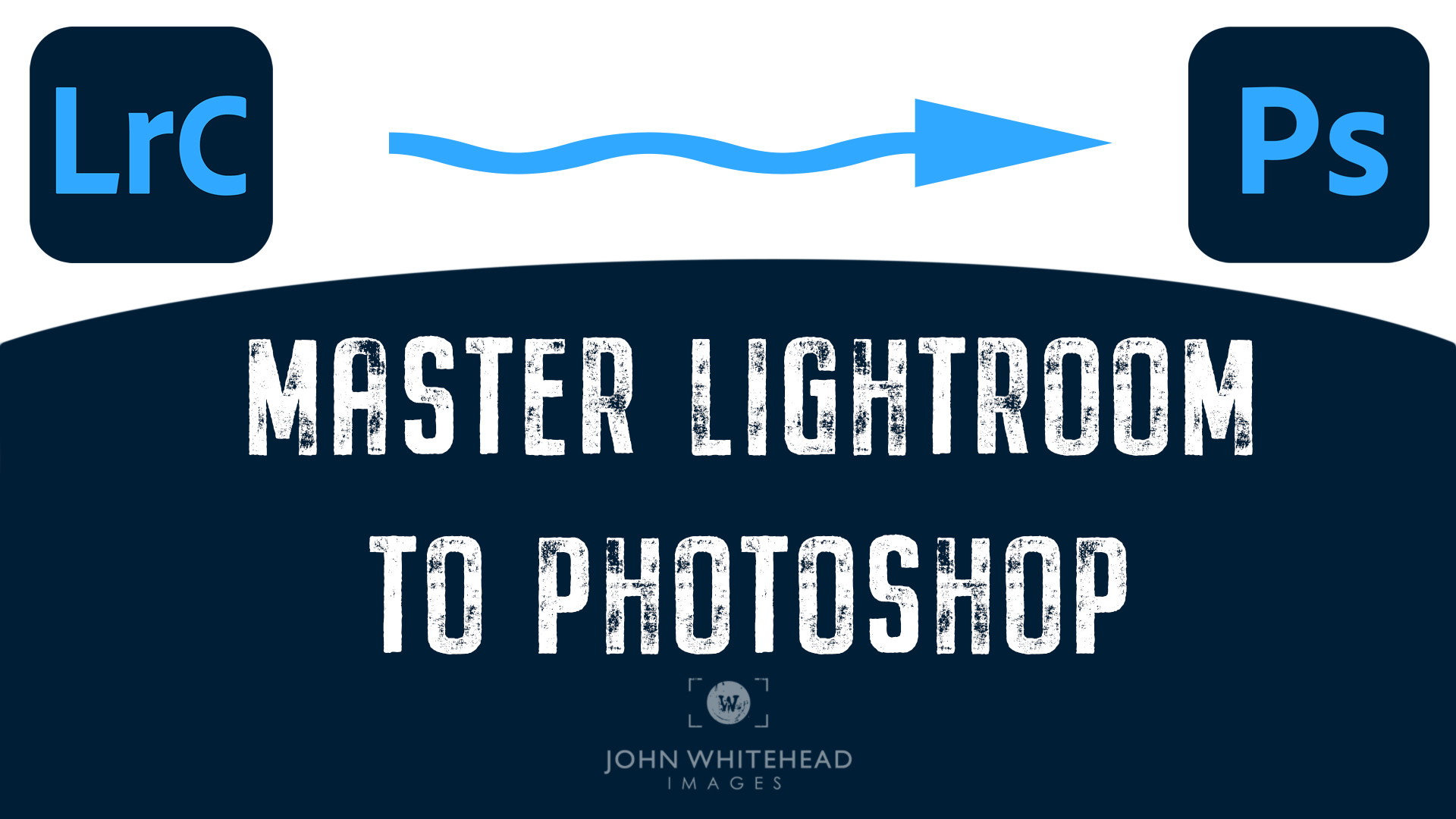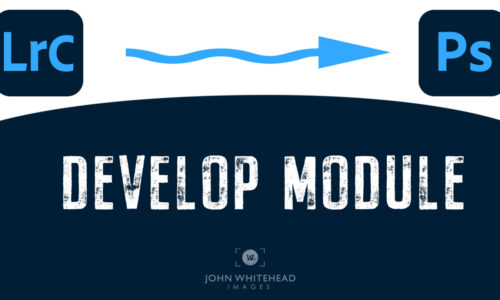Master Lightroom to Photoshop Editing: Unlock Your Full Potential!

Master Lightroom to Photoshop Editing: Unlock Your Full Potential!
Subscribe to YouTube
Master Lightroom to Photoshop Editing
Adobe Lightroom to Photoshop, and in this case I am using Adobe Lightroom Classic. In this series of videos I will show you how to use the Lightroom to Photoshop workflow, and what I use each program for.
Adobe Lightroom Classic is a hybrid program. It does a lot of this good, but not one thing perfect. Lightroom is a browser, it catalogs, it is a raw converter, can be used for basic editing, book editor(it is horrible), web page(even more horrible) and you can print. If you would like to be organized, I think this is where Lightroom strives to be great. However, you must understand the process or you will be frustrated.
It is possible to just use Adobe Lightroom Classic as just a browser. You could use Adobe Camera Raw as your RAW converter, but since Lightroom’s develop module and Adobe Camera Raw are the same program it does not make sense to go that route in this Lightroom to Photoshop workflow.
Next we will look at Photoshop and what I use that program for. I think you will be surprise that basic toning and color correction are all done in Lightroom. I use Photoshop for more accurate editing, complex layering and saving. However, if you need to save a batch of images, I think Lightroom might be your best bet. It is super easy to to save an image in Photoshop back to Lightroom for exporting. You can work from Lightroom to Photoshop and back to Lightroom seamlessly.
In this tutorial Lightroom to Photoshop, I will give a brief intro and then cover the Import function of Adobe Lightroom Classic. I will be breaking each video into a specific aspect or aspects of the workflow process. The goal would be for you to learn that task then move on. If you try to take on the the whole program, it can be overwhelming. I teach college photography and Photoshop. Learn both takes years not minutes. First, you need to learn how the program works, then you will need to learn what an image should look like. The look like is the hard part. Usually, the first time students tone an image, it is dark, contrasty and over-sharpened. It helps is you have someone look at your work. I hope you enjoy this Lightroom to Photoshop series.
If you are looking for an in depth series on how to use Adobe Lightroom Classic you might be interested in this Lightroom series. If you are interest in Learning Photoshop you night be interested in this Photoshop series.
View of the Import Window in Adobe Lightroom Classic. There are multiple ways to image images into the Lightroom catalog. You can convert raw files to .dng which can hide the .xmp file. You can move files from a memory card to a hard drive and into the catalog. You can add images to the catalog that are already on your hard drive.
The most overlooked part of this process is the right hand side where you can rename, add metadata, and create a folder.

What are Adobe’s Minimum requirements for Lightroom to Photoshop?
If you are a photographer or graphic designer, you may be wondering what computer specifications are necessary for running Adobe Lightroom to Photoshop. These programs are known for their high system requirements, so it’s important to make sure your computer meets the necessary specifications. In this blog post, we will discuss the recommended specifications for increasing Lightroom and Photoshop performance.
Note: using the Lightroom to Photoshop method you will need to open both programs at the same time. Minimum requirements will not be enough to run these programs at the same time!!!
Processor: The processor is one of the most important components for running Lightroom and Photoshop. Adobe recommends a multi-core Intel processor with 64-bit support, such as the Intel Core i5 or i7. The more cores your processor has, the faster these programs will run.
RAM RAM: (Random Access Memory) is another crucial component for running Lightroom and Photoshop. Adobe recommends a minimum of 8 GB of RAM, but 16 GB or more is ideal for optimal performance. The more RAM you have, the more images you can work with at once and the faster your computer will be able to process them.
Graphics Card: While a dedicated graphics card is not strictly necessary for running Lightroom and Photoshop, it can significantly improve performance, especially when working with large files. Adobe recommends a graphics card with at least 2 GB of VRAM (Video Random Access Memory), such as the NVIDIA GeForce GTX 1050 or higher.
Storage: Lightroom and Photoshop require a significant amount of storage space, especially if you work with high-resolution images. Adobe recommends using a solid-state drive (SSD) for the best performance, but a traditional hard drive (HDD) will also work. At a minimum, you should have 20 GB of free space on your hard drive for installation, but you will need much more than that for storing your image files.
Operating System: Lightroom and Photoshop are compatible with both Windows and macOS. Adobe recommends using the latest version of your operating system for the best performance. In addition, make sure your computer meets the minimum system requirements for your operating system.
In conclusion, running Adobe Lightroom and Photoshop requires a powerful computer with a multi-core processor, plenty of RAM, a dedicated graphics card, and ample storage space. By meeting these specifications, you can ensure optimal Lightroom and Photoshop performance and enjoy the full range of features that these powerful programs have to offer.
If you are looking for more in depth on this subject check out these other blog posts!
- https://johnwhiteheadimages.com/2023/02/16/computer-specifications-for-adobe-photoshop/
- https://johnwhiteheadimages.com/2023/02/09/hard-disc-drive-solid-state-drive/
Photoshop for Photographers
“Photoshop for Photographers” was designed as a supplemental resource for my class, “Photoshop for Photographers.” The goal is to teach you how to use Adobe Photoshop step by step. I understand this path is not for everyone and there is no reason you have to follow this process. However, if you want to really learn the program, I would suggest learning everything on the video and then move on.
“Using a workflow is the first step in using any browsing or editing software.”
JOHN WHITEHEAD IMAGES
I have a Facebook Group called, “Learn Adobe Lightroom, Photoshop, and Bridge.” I created this group because I get a lot of questions on YouTube that are hard to answer unless I can see the issue. This will allow a place you can ask questions, and more importantly post images and videos.


